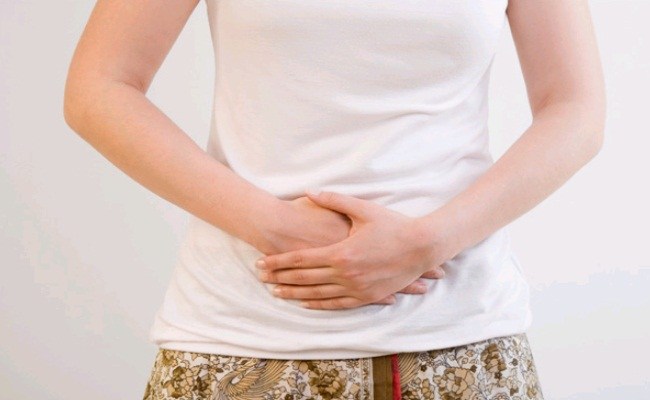Our legs, like all other body parts need supply of blood. Transportation of the blood from various parts of body to the heart is done by a blood vessel called as veins. In this article, we will look the functioning of veins in detail.

Functions of Veins
Food along with blood full of oxygen is taken to different tissues of the body by way of blood vessels called as arteries. The blood provides oxygen and nutrition to the tissues and muscles present in the legs and then again return to the heart via the veins. However, the process of acquiring blood from the legs is not easy and simple.
To accomplish this task, the blood is required to flow up against the gravity and this task is performed by the veins. Veins transport the blood back to your heart. To ensure effective working of veins, the valves must prevent the blood from going back to the legs. With the contraction of the calf muscles of the leg, blood gets squeezed from the veins. With the relaxation of the calf muscles, the valves present in the veins closes for some time to prevent the flow of blood away from the heart. Let us read more about the veins – its types and disease.
Types of Veins
There are mainly three types of veins present in the leg and they are perforating, superficial and deep veins. Perforating veins are perpendicular to superficial veins and acts as a connecting element between the superficial veins and the deep veins. They run Superficial veins run vertically when a person is in standing position and under the skin surface.
These veins can be seen by naked eyes. They help in transportation of 10% of the blood in your leg area. This 10% of blood from the superficial veins flows into the perforating veins. Deep veins lie deep within the leg muscles and run parallel to superficial veins. They help in transporting 90% of the blood back to your heart from the legs.
What happens when veins do not Work Properly?
Due to improper functioning of the veins, the blood from the legs is not efficiently returned back to the heart for oxygenation purpose. Some of the other impacts are: cell functioning get impaired, slow healing of wounds, cells begin to die. Your heart provides oxygenated blood to all the parts of the body that nourishes the cells and keeps them alive.
Veins give back the de-oxygenated blood to the heart. With the breaking of the valves in veins, the blood that is returned is impeded. Blood starts to fall in backward direction, which results in swelling of veins, painful and inflamed veins and creation of varicose veins.
Veins are the most vital part and are responsible to perform significant functions in the body. Vein disease needs to be treated as early as possible otherwise it could make the situation even worse. This disease also creates complications in other medical conditions like healing of wounds, recovery from knee, hip and ankle surgery.

